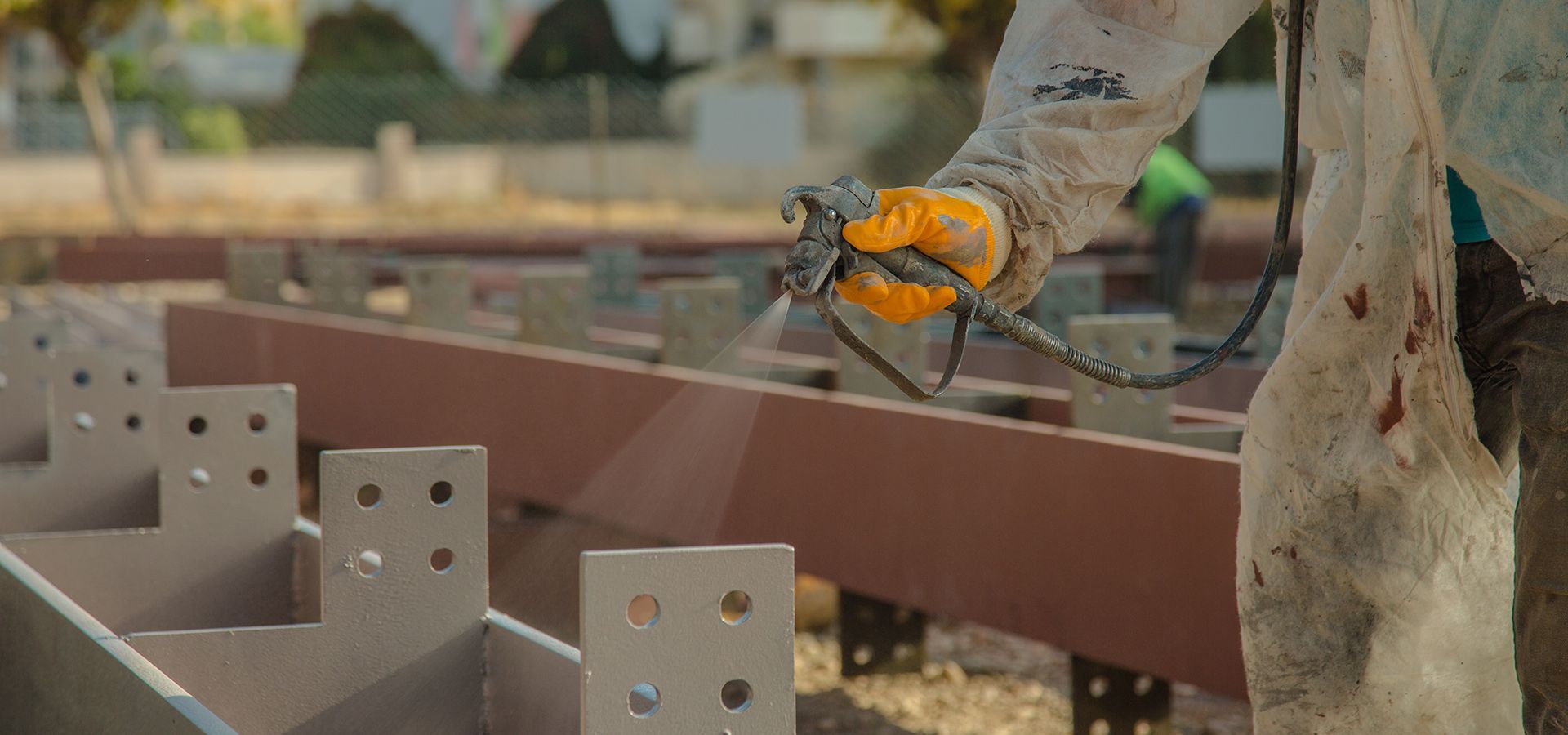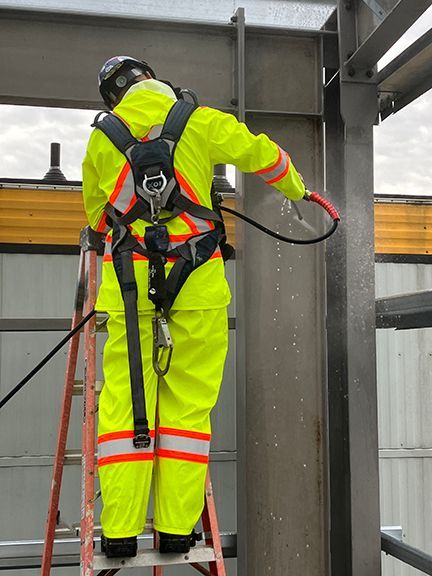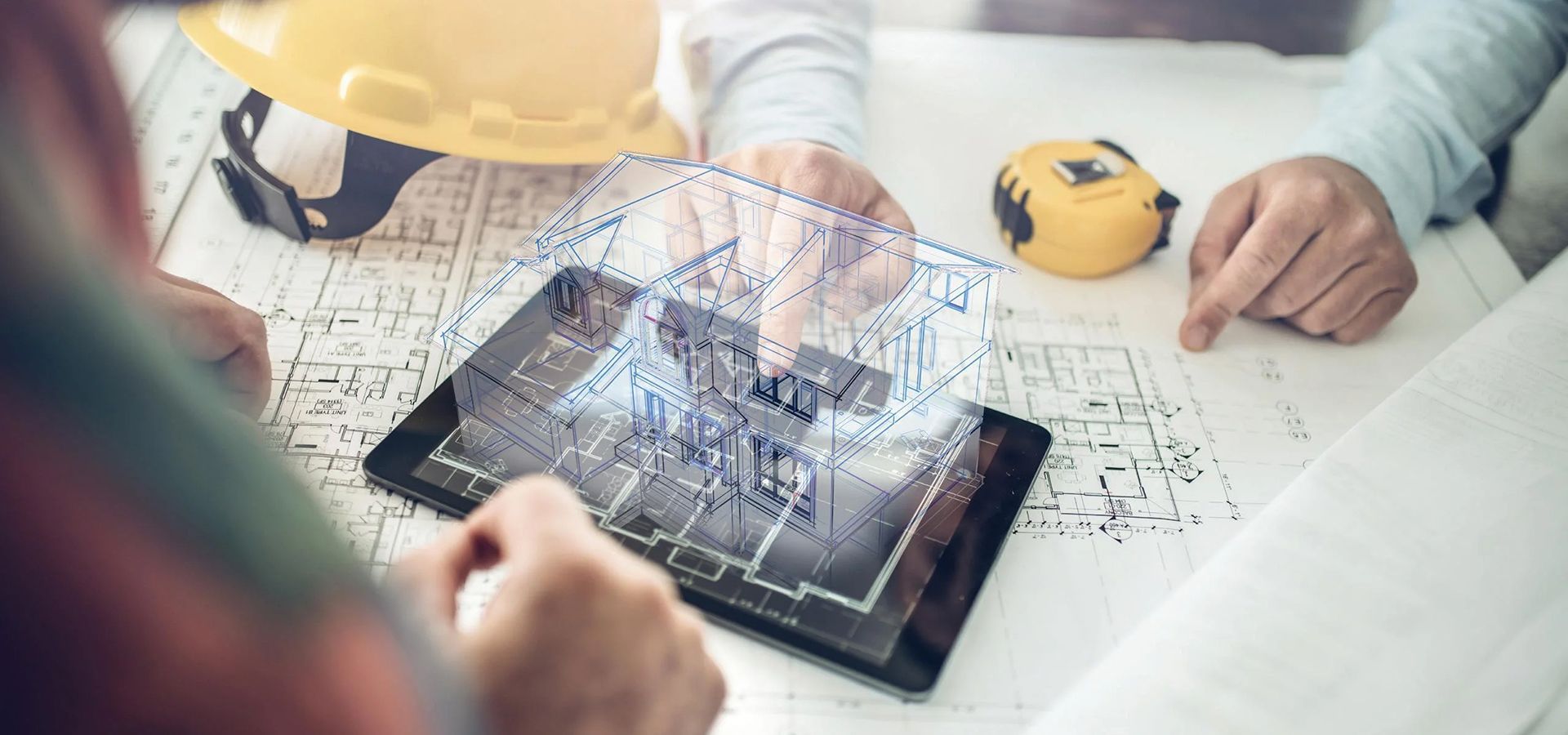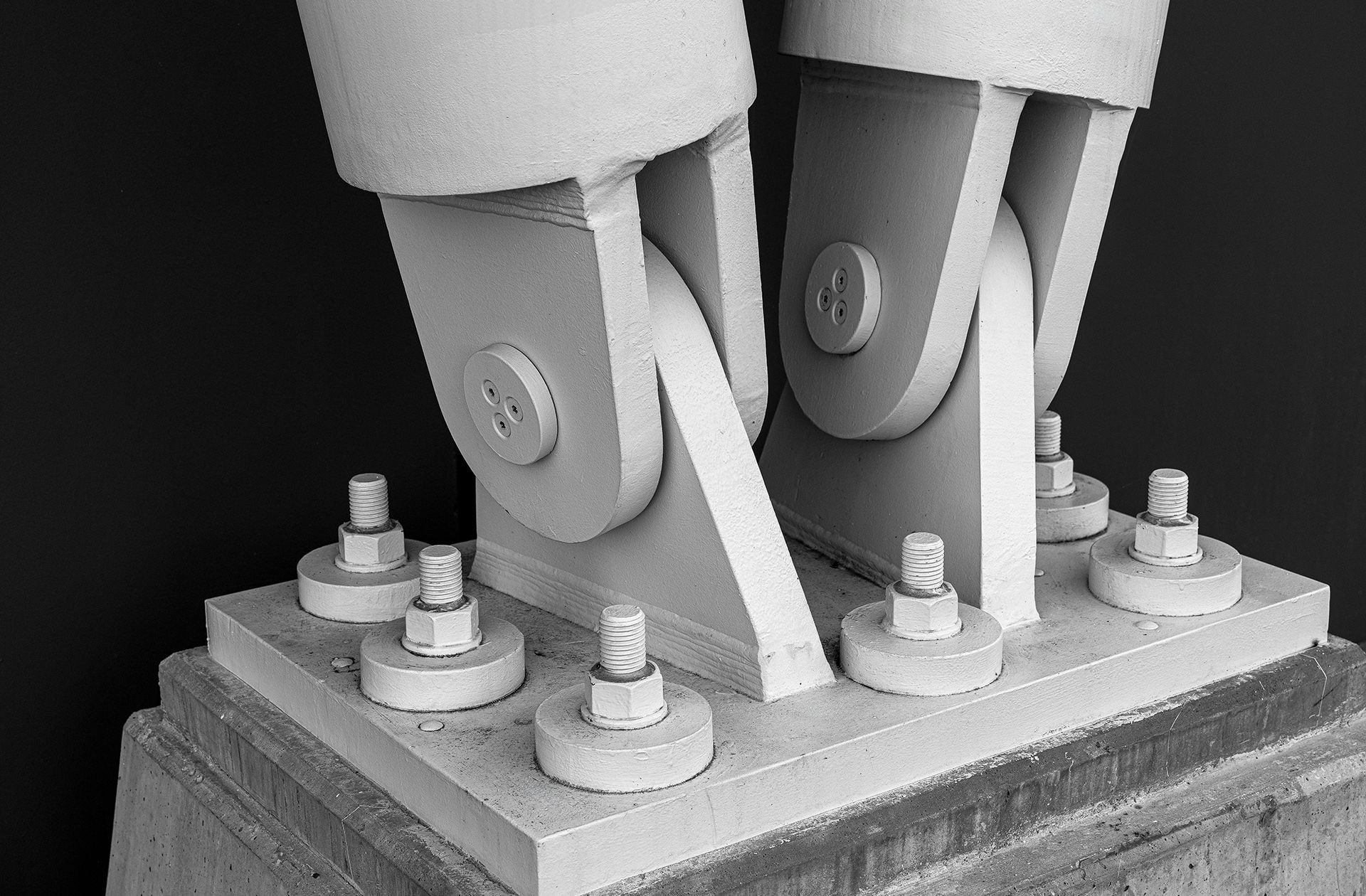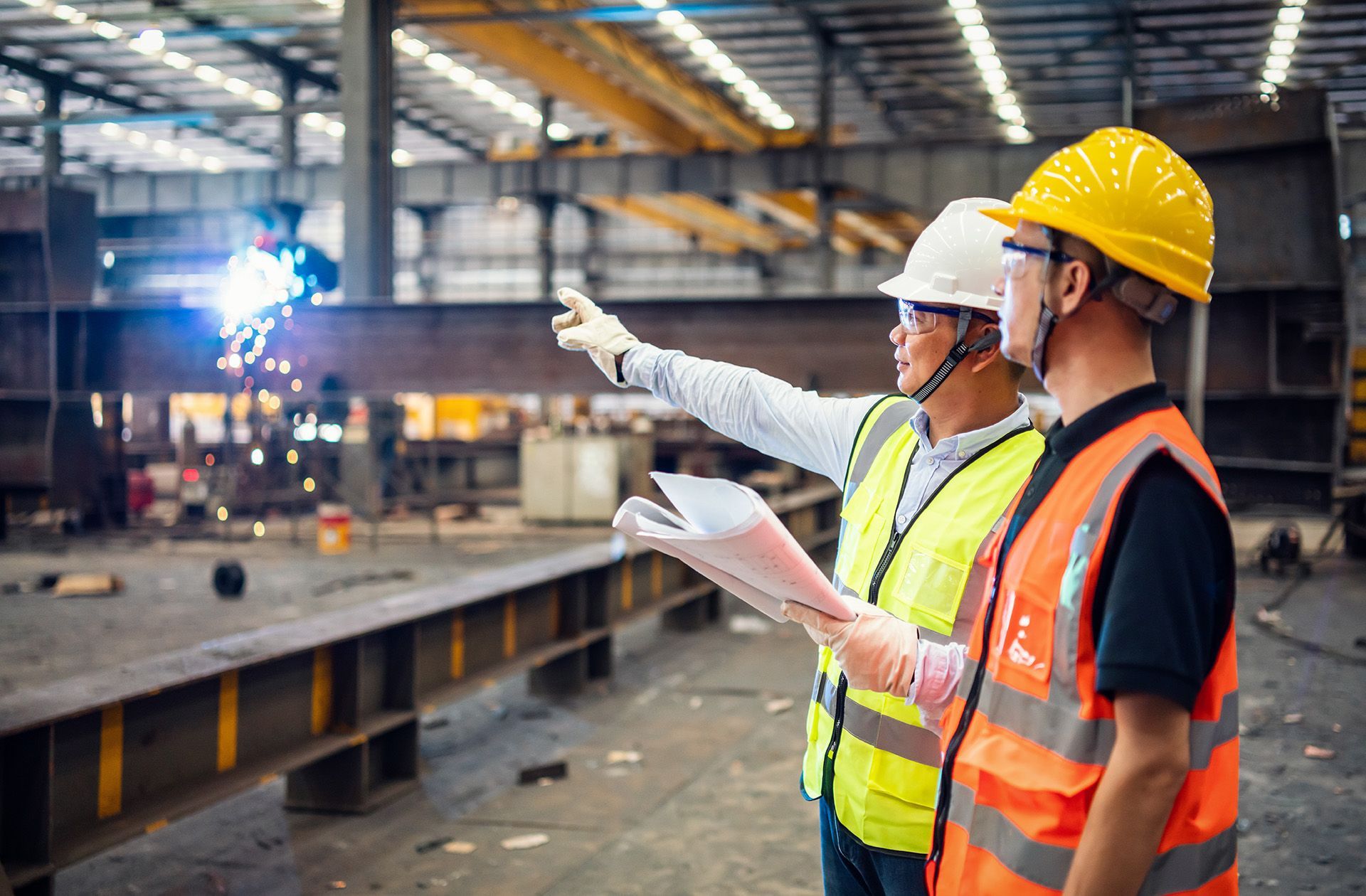Rust Never Sleeps: Preventing Corrosion in Steel Framing and Panels
John Lohan • November 8, 2024
If buildings were superheroes, steel would be wearing the cape. Strong, versatile and economical, steel has revolutionized modern construction, enabling everything from soaring skyscrapers to sprawling warehouses. But even superheroes have their kryptonite, and steel's arch nemesis is decidedly less amazing: good old-fashioned rust.
The Less Shiny Truth
Here's the irony: steel, for all its mighty strength, is constantly trying to return to its natural state. It wants to go back to its roots – iron oxide, or as we commonly know it, rust. This isn't just a cosmetic issue. When steel corrodes, it affects its core strength. The resulting rust takes up more space than the original metal, creating internal stress that can lead to further cracking and peeling. With limited area, something's got to give.
The process is ruthlessly efficient: once rust takes hold, it creates tiny holes that welcomes more water and oxygen, weakening the steel from the inside out. Left unchecked, this unwanted transformation can eventually compromise structural integrity. Nobody wants to imagine their building akin to a future house of cards.
Fighting Back: The Anti-Rust Arsenal
Fortunately, the pre-engineered metal building industry is not defenseless against the rust menace. Here are the key strategies modern manufacturers
and builders like Double Black Construction are using to keep steel structures standing strong:
1. Passive Protection: The Shield Approach
Think of passive protection as steel's raincoat. By applying protective coatings that create a tight barrier, those troublemaking elements – oxygen, water, and salt – are kept away from the steel. The less permeable the coating, the better it works at keeping moisture at bay.
2. Active Protection: The Sacrificial Strategy
This is where zinc becomes our unsung hero. When applied to steel (either during the steelmaking process or afterwards), zinc acts like a bodyguard, literally sacrificing itself to protect the steel beneath. It preferentially oxidizes when in contact with the steel substrate, and as a bonus, it corrodes more slowly than steel would on its own. Aluminum and magnesium can play similar protective roles, particularly in maritime applications.
Read about the anti-corrosion research
Double Black Construction is involved with to improve the lifespan of steel.
3. Smart Design: An Ounce of Prevention
Sometimes the best defense is a good offense. Double Black Construction works with North America’s premier manufacturers
to employ smart building design that can significantly reduce corrosion risks:
- Avoid creating moisture traps or crevices where water can lurk
- Ensure proper drainage around steelwork
- Keep designs simple when necessary – flat surfaces are easier to protect than complicated shapes
- Provide clients with plans for future maintenance and access
- Insulate steel from contact with other materials when necessary
4. Material Selection: Choosing Your Hero
Although stainless steel might seem like the obvious solution (it's in the name, after all), it's impractical for large-scale construction. It's unreasonably expensive, harder to weld and better suited for smaller applications. Stainless steel is produced in an electric art furnace where carbon and various alloys of chromium (such as nickel or silicon) are melted together to transform the metal to a much harder and water-resistant metal material that won’t rust. For this reason, strategic small components made from alloys are used in key connections to provide the right balance of protection and practicality.
Waging the Strategic War Over a Lifetime
Steel remains one of construction's most valuable players, and these corrosion issues typically only become significant decades after construction. With proper planning, protection and maintenance, steel structures can stand proud and strong for generations.
Remember: rust may never sleep, but neither do the innovations in corrosion prevention. By implementing these strategies, Double Black Construction and their manufacturing partners ensure our steel buildings remain standing tall, leaving rust to seek out its nefarious oxidizing activities elsewhere.
Now if we could just figure out how to apply these same principles to protect our cars from rusting in the winter...
Double Black Construction works with North America’s largest and most reputable pre-engineered building manufacturers to deliver your ideal pre-engineered commercial or industrial facility with the latest anti-corrosion technology. For a free quote, contact us today
or call (833) 322-2722
to speak directly with our leadership team.
About the author:
John Lohan
has over 15 years of experience designing, engineering and installing over 500 metal buildings for architects and clients across North America and the globe. He’s managed all aspects of steel building construction, including material logistics and managing local and foreign construction teams. John also has special expertise in concrete foundation and excavation. He can be contacted at Double Black Construction at (833) 322-2722, by email at info@DoubleBlackConstruction.com
or on LinkedIn.

